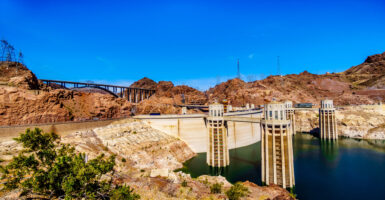20 Historical Structures Built in Record-Breaking Time
While modern construction projects often drag on for years, history reveals remarkable examples of structures built at astonishing speeds. From wartime necessity to sheer competitive drive, these achievements showcase humanity’s capacity for rapid construction when faced with extraordinary circumstances.
The Pentagon (USA)
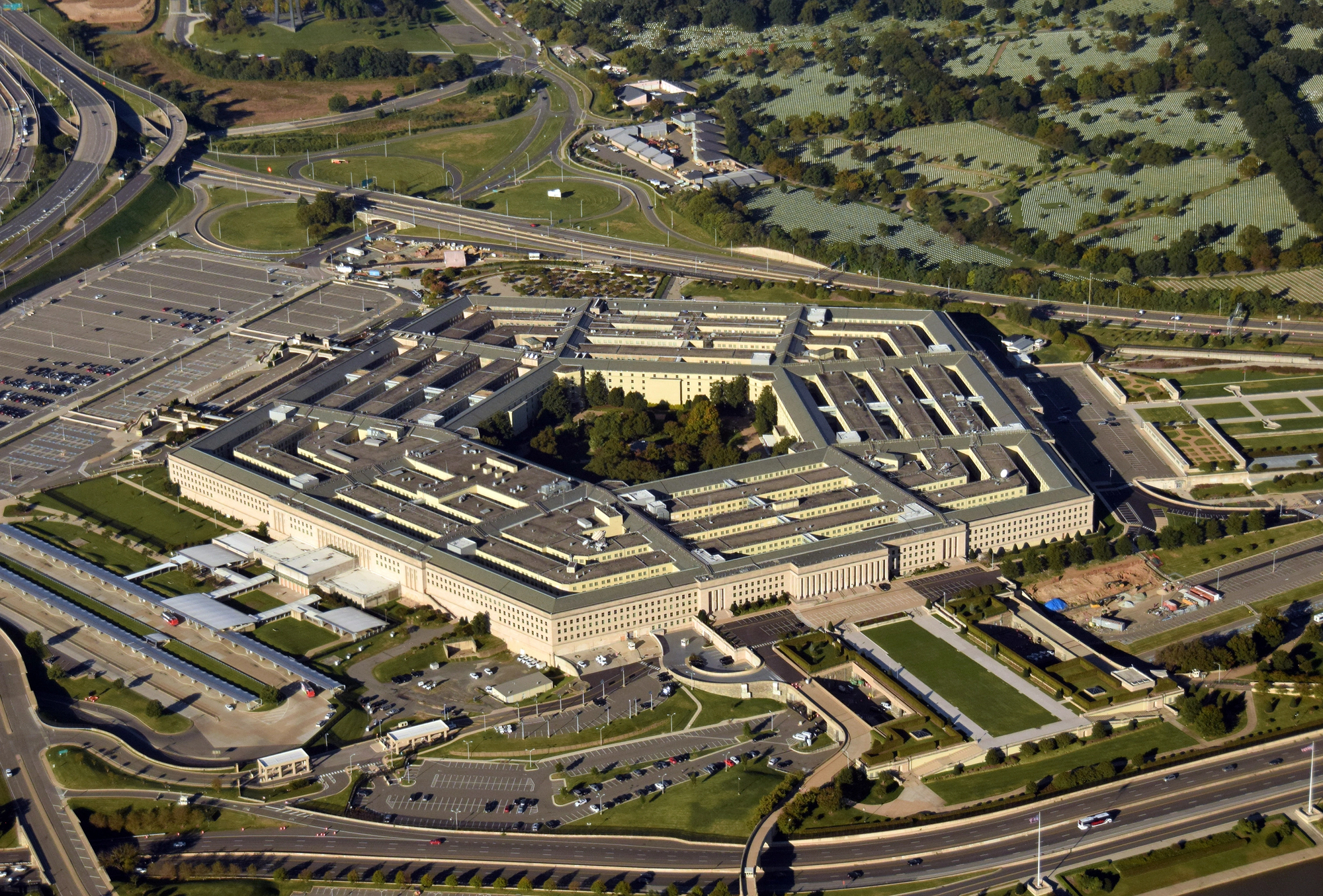
The world’s largest office building rose from empty fields in just 16 months. Constructed during World War II, the Pentagon’s construction involved thousands of workers laboring in three shifts around the clock. Despite material shortages and wartime constraints, the massive structure, covering acres, was completed ahead of schedule and under budget.
Workers poured concrete even as architects finished their drawings. The building’s unique five-sided design simplified construction, allowing work to proceed simultaneously on different sections. By the time the last brick was laid, the first occupied sections had already been operating for months.
Empire State Building (USA)

The demolition of the previous building and the opening ceremony took just over a year. During peak construction, the steel framework rose by several stories per week. The project employed thousands of workers and was completed ahead of schedule despite the challenges of building the world’s tallest structure at the time.
The construction pace was so rapid that new floors were being added before the concrete had fully dried on lower levels. The project’s efficiency became legendary, with structural steel arriving from Pennsylvania forges with such precise timing that it often went straight from rail cars to its final position in the building.
Like Go2Tutors’s content? Follow us on MSN.
Alaska Highway (USA/Canada)

This massive highway, built through the wilderness in just months, connected Alaska to the continental United States. The project employed thousands of troops and civilians who worked through extreme weather conditions and challenging terrain to complete this vital wartime supply route.
Teams cleared dense forests, bridged rivers, and carved roads through permafrost at a rapid pace. The project overcame mosquito swarms, mud seasons, and extreme temperatures. Originally planned to take years, Pearl Harbor’s attack accelerated the timeline dramatically.
Hoover Dam Power Plant (USA)
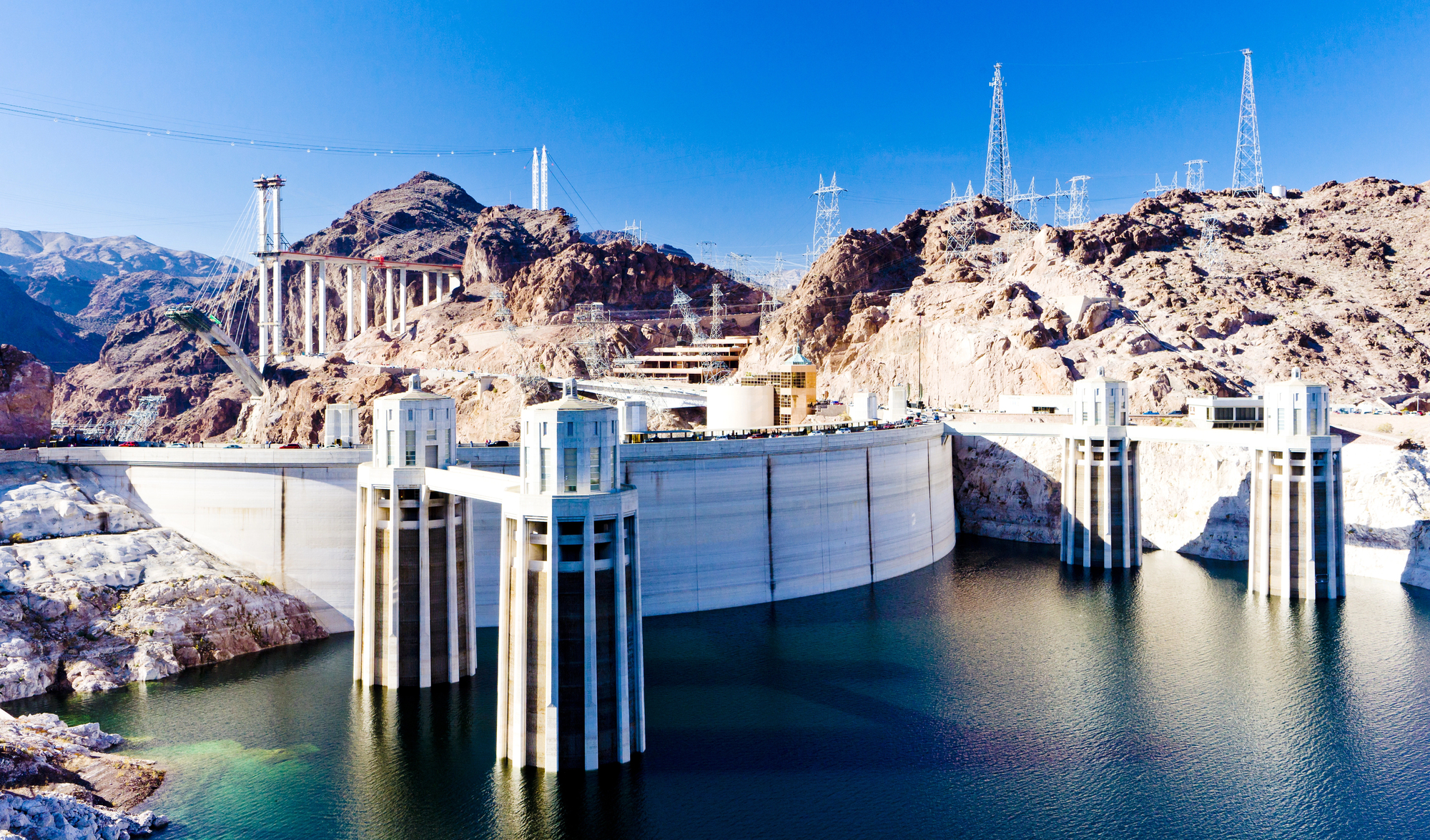
When World War II demanded increased aluminum production for aircraft, the Hoover Dam’s power plant expansion was completed in just months. Originally scheduled as a multi-year project, the addition of generators and infrastructure happened at unprecedented speed.
Workers installed massive generators while the concrete foundations were still curing. The project demonstrated how wartime necessity could compress construction schedules previously thought impossible to accelerate.
Berlin Tempelhof Airport (Germany)
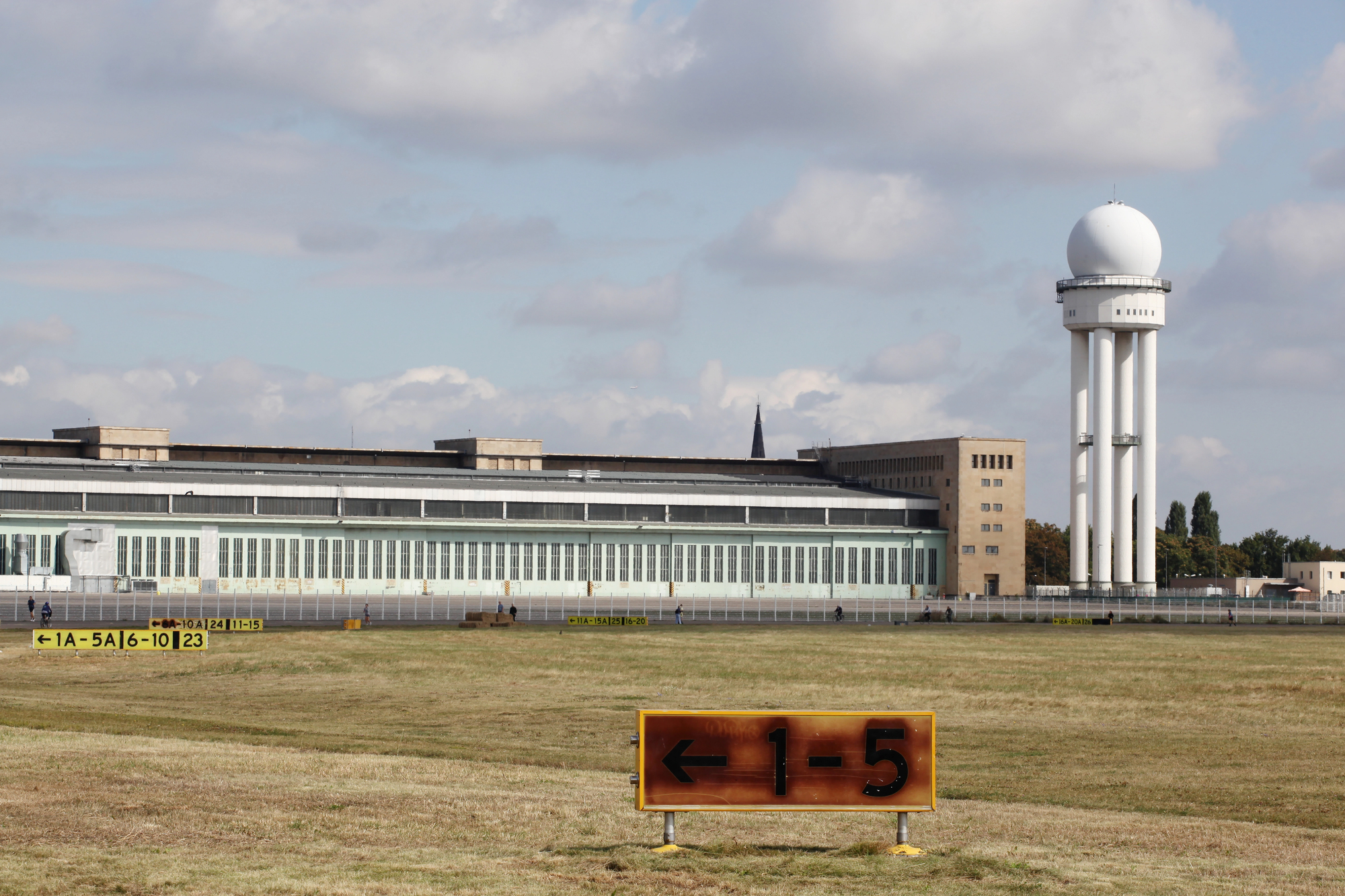
The massive terminal building, once Europe’s largest structure, was built in just over a year. The project employed innovative construction techniques, including the first large-scale use of shell construction in Europe, allowing for vast interior spaces without supporting columns.
The building’s unique curved design facilitated rapid construction by using standardized sections that could be assembled quickly. Even the massive, cantilevered roof, revolutionary for its time, was completed in record time using new engineering methods.
Like Go2Tutors’s content? Follow us on MSN.
Chrysler Building (USA)

Rising at a rate of multiple floors per week, the Chrysler Building reached completion in just under two years. The construction crew averaged a new floor every few days, setting new standards for skyscraper construction speed.
The famous spire was assembled in secret inside the building and erected in just minutes, surprising competitors in the race for the world’s tallest building. The entire project showcased how careful planning could achieve remarkable construction speeds without compromising architectural quality.
Fort Drum (Philippines)
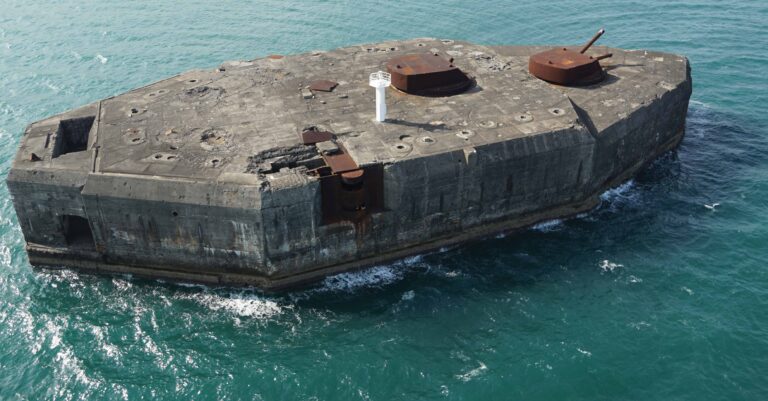
Converting a small rocky island into a concrete battleship took just two years. Workers poured concrete over the entire island, creating a fortress that resembled a battleship from the air, complete with fake gun turrets and a painted wooden deck.
The construction required pouring concrete walls up to extreme thicknesses yet maintained a rapid pace through innovative forming techniques and round-the-clock work schedules. The fortress proved so durable that it withstood direct bombing in World War II.
Burj Khalifa (UAE)

While several years might seem long, building the world’s tallest structure in this timeframe represented a remarkable achievement. The tower rose at a rate of one to two floors per week, setting new standards for super-tall construction speed.
The project pioneered new construction techniques, including the use of high-strength concrete pumped to unprecedented heights. The construction team overcame the challenges of extreme heat, high winds, and the logistics of working at ever-increasing heights.
Like Go2Tutors’s content? Follow us on MSN.
Golden Gate Bridge (USA)

Though the total construction took years, the bridge’s main span was assembled in just over two years, a remarkable feat given its scale and the challenging conditions. Workers battled fierce winds, fog, and treacherous waters to complete the project ahead of schedule.
The construction pioneered numerous safety innovations, including the first use of hard hats and a safety net that saved many workers’ lives. The project’s efficiency set new standards for large-scale bridge construction.
Palace of Parliament (Romania)
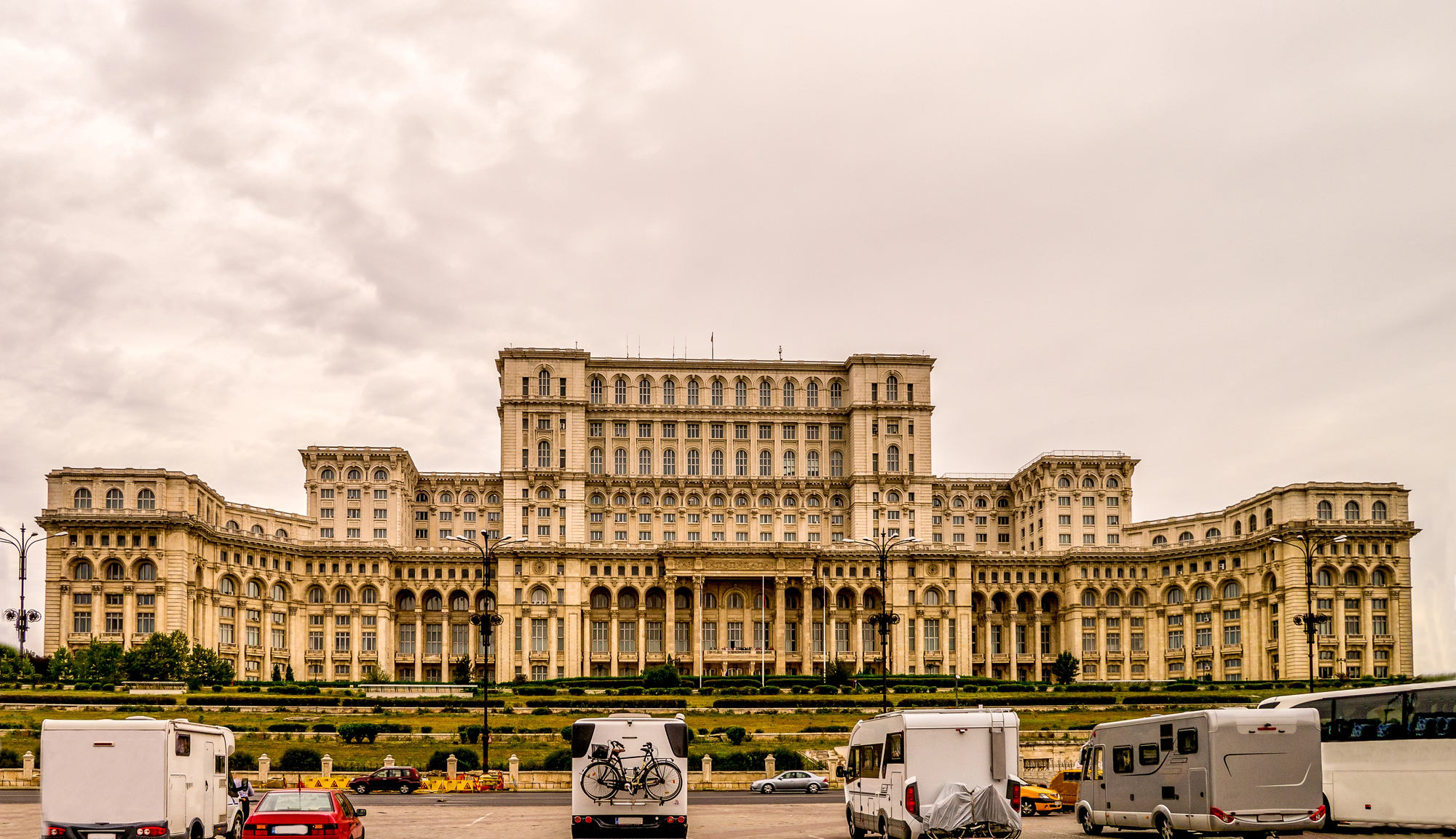
The world’s largest civilian building with an administrative function rose at an astonishing pace, with major construction completed in just five years. The project employed hundreds of architects and thousands of workers operating in three shifts around the clock.
The massive structure, containing tons of crystal and vast amounts of marble, showcased how authoritarian power could mobilize resources for rapid construction, though at tremendous human and economic cost.
Wrexham Church (Wales)

According to legend, this massive church was built in just six months after receiving funding from wealthy wool merchants. While the timeline seems improbable, archaeological evidence confirms an unusually rapid construction period for a medieval structure of its size.
The project demonstrated how medieval builders could achieve remarkable speeds when properly funded and organized. The church’s sophisticated stone vaulting and intricate decoration make the rapid construction even more impressive.
Like Go2Tutors’s content? Follow us on MSN.
Channel Tunnel Rail Terminal (UK)
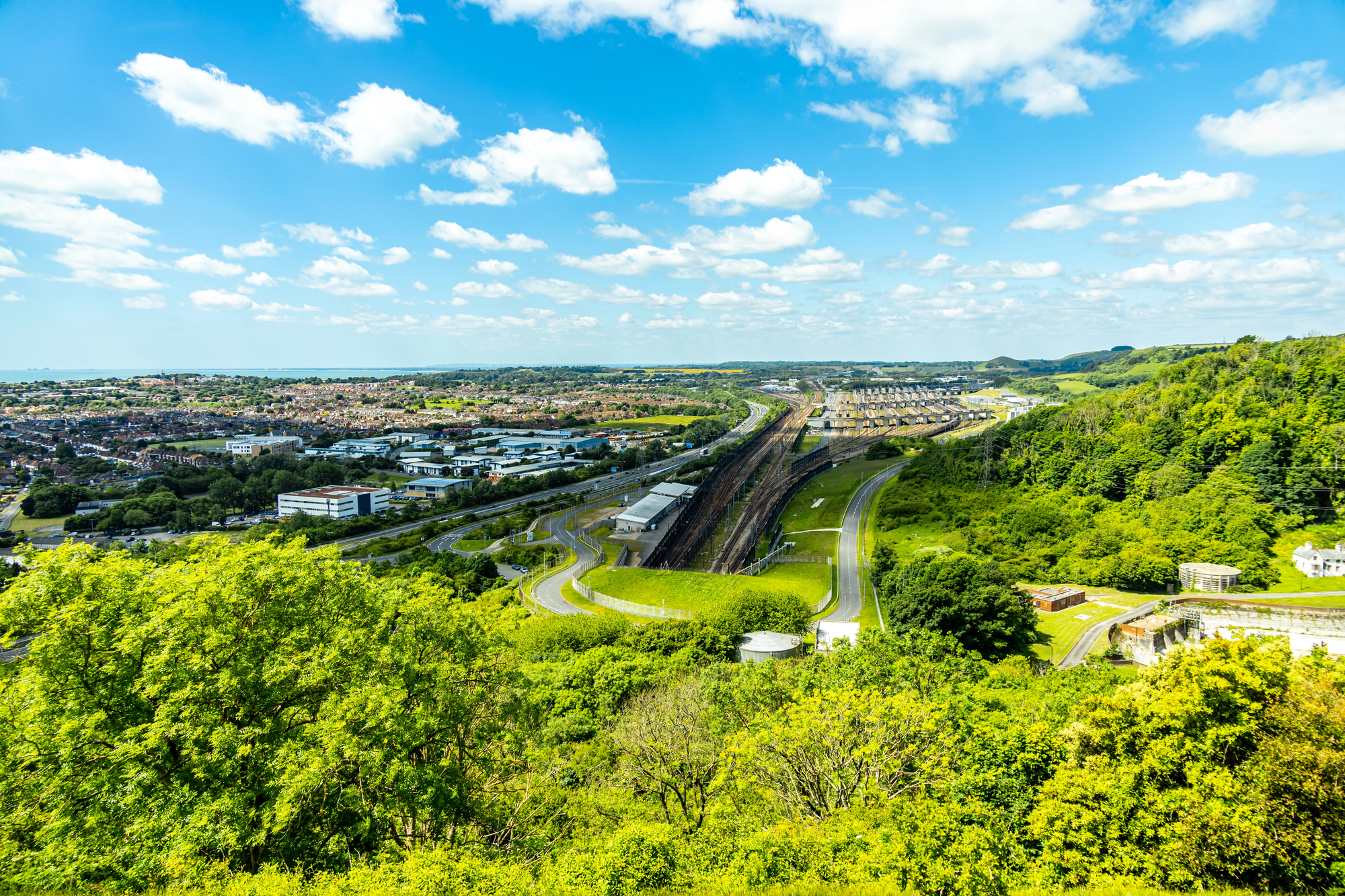
The Waterloo International Terminal, built to serve the Channel Tunnel, was completed in just two years. The project involved constructing a massive steel and glass structure while keeping the existing railway station operational.
Innovative construction techniques, including prefabricated sections and computer-controlled assembly, allowed workers to complete the complex roof structure without disrupting daily rail service. The project set new standards for building overactive railway lines.
Stockton & Darlington Railway (UK)
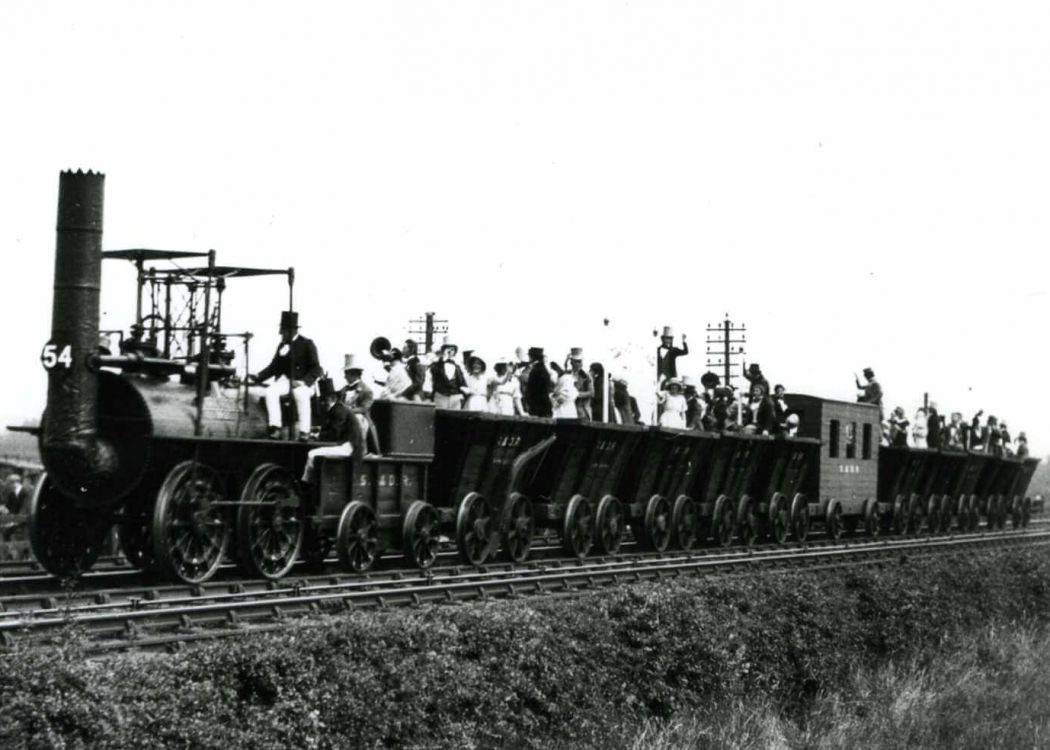
The world’s first public railway line was surveyed, engineered, and built in just three years. The project involved constructing miles of track, including bridges and embankments, using largely manual labor and horse-drawn transport.
Workers laid track at a rate of nearly half a mile per week, an impressive pace given the primitive construction methods available. The project demonstrated how careful planning could overcome the limitations of pre-industrial construction techniques.
Rockefeller Center (USA)
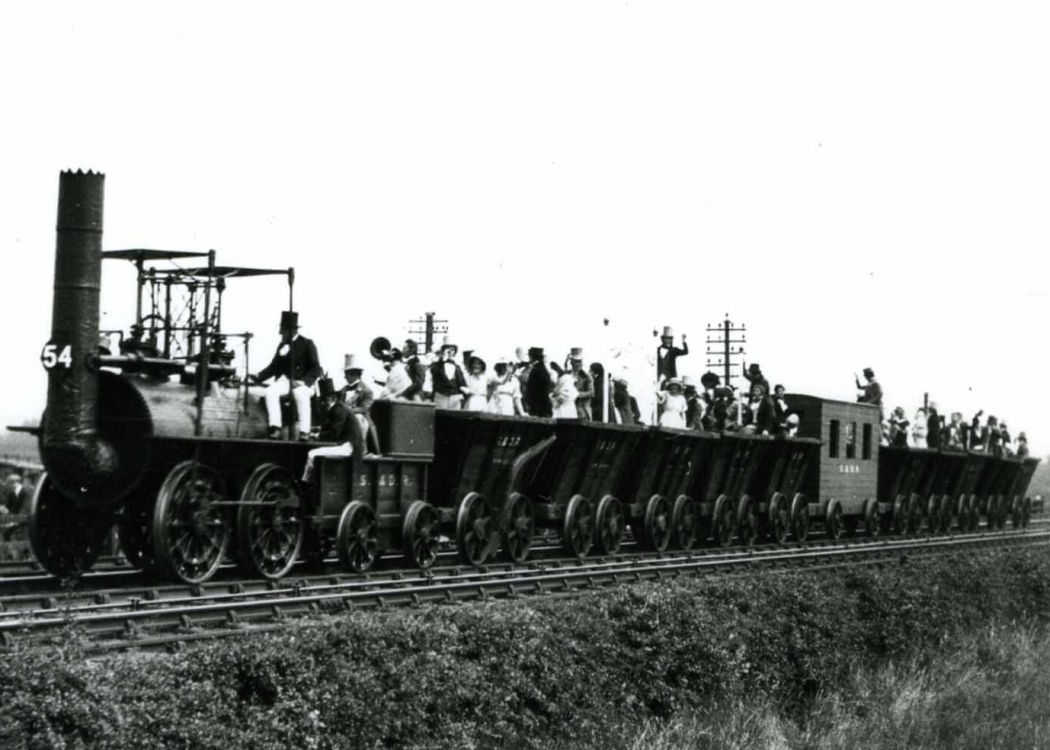
While the entire complex took several years, individual buildings rose at remarkable speeds. The RCA Building, the complex’s centerpiece, was constructed in just under two years during the height of the Great Depression.
The project employed tens of thousands of workers and pioneered new construction management techniques that allowed multiple buildings to rise simultaneously. Each building’s construction benefited from lessons learned on previous structures, increasing efficiency throughout the project.
Like Go2Tutors’s content? Follow us on MSN.
Cologne Cathedral (Germany, 1842-1880)

Though the cathedral took centuries to complete, its final phase set records for medieval construction techniques. Workers completed more in 40 years than their predecessors had managed in 500, using innovative steam-powered machinery and improved organization.
The project demonstrated how Industrial Revolution technologies could accelerate even traditional Gothic construction methods. Modern tools allowed workers to handle massive stone blocks more efficiently while maintaining medieval craftsmanship standards.
Crystal Palace (UK, 1851)
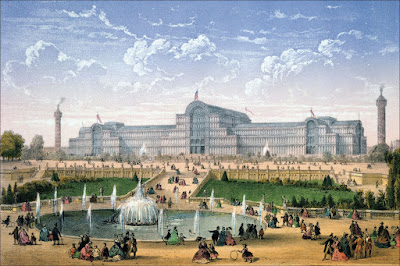
Built in just nine months for the Great Exhibition, this massive glass and iron structure covered 19 acres. The project pioneered prefabrication techniques, with standardized components manufactured off-site and assembled quickly.
Workers installed over 293,000 panes of glass using a revolutionary system of wooden templates, allowing them to work with unprecedented speed. The building demonstrated how standardization and prefabrication could revolutionize construction timeframes.
USS Missouri (USA, 1941-1944)
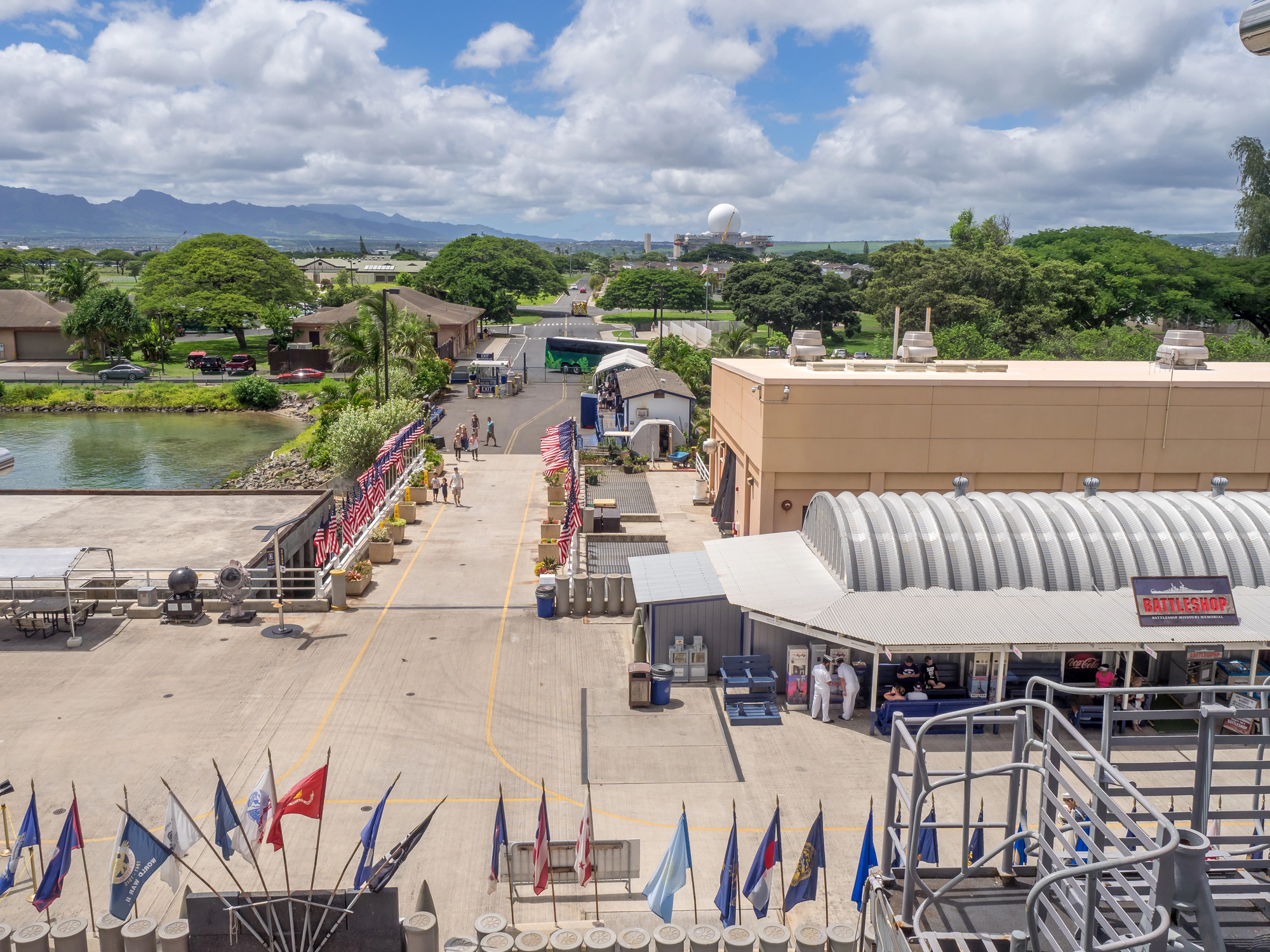
This massive battleship was built in just 34 months, from keel laying to commissioning. The construction employed over 3,000 workers who assembled the 45,000-ton vessel using revolutionary welding techniques instead of traditional riveting.
The project showcased how wartime necessity drove innovation in construction methods. Workers achieved construction speeds previously thought impossible for a vessel of this size and complexity.
Like Go2Tutors’s content? Follow us on MSN.
Great Western Railway (UK, 1835-1841)

Isambard Kingdom Brunel’s masterpiece railway line from London to Bristol was surveyed, engineered, and built in just six years. The project involved constructing numerous tunnels, bridges, and cuttings using largely manual labor.
Workers overcame significant engineering challenges, including the two-mile Box Tunnel, which was excavated from both ends and met in the middle with remarkable precision. The project set new standards for rapid railway construction.
Palm Jumeirah (UAE, 2001-2006)

Creating an artificial island in the shape of a palm tree in just five years represented a remarkable achievement in marine construction. Workers moved over 110 million cubic meters of sand and rock to create the island’s distinctive shape.
The project pioneered new techniques for land reclamation and coastal protection, including the use of satellite guidance for precise sand placement. The construction demonstrated how modern technology could accelerate even massive terraforming projects.
Beijing National Stadium (China, 2003-2008)
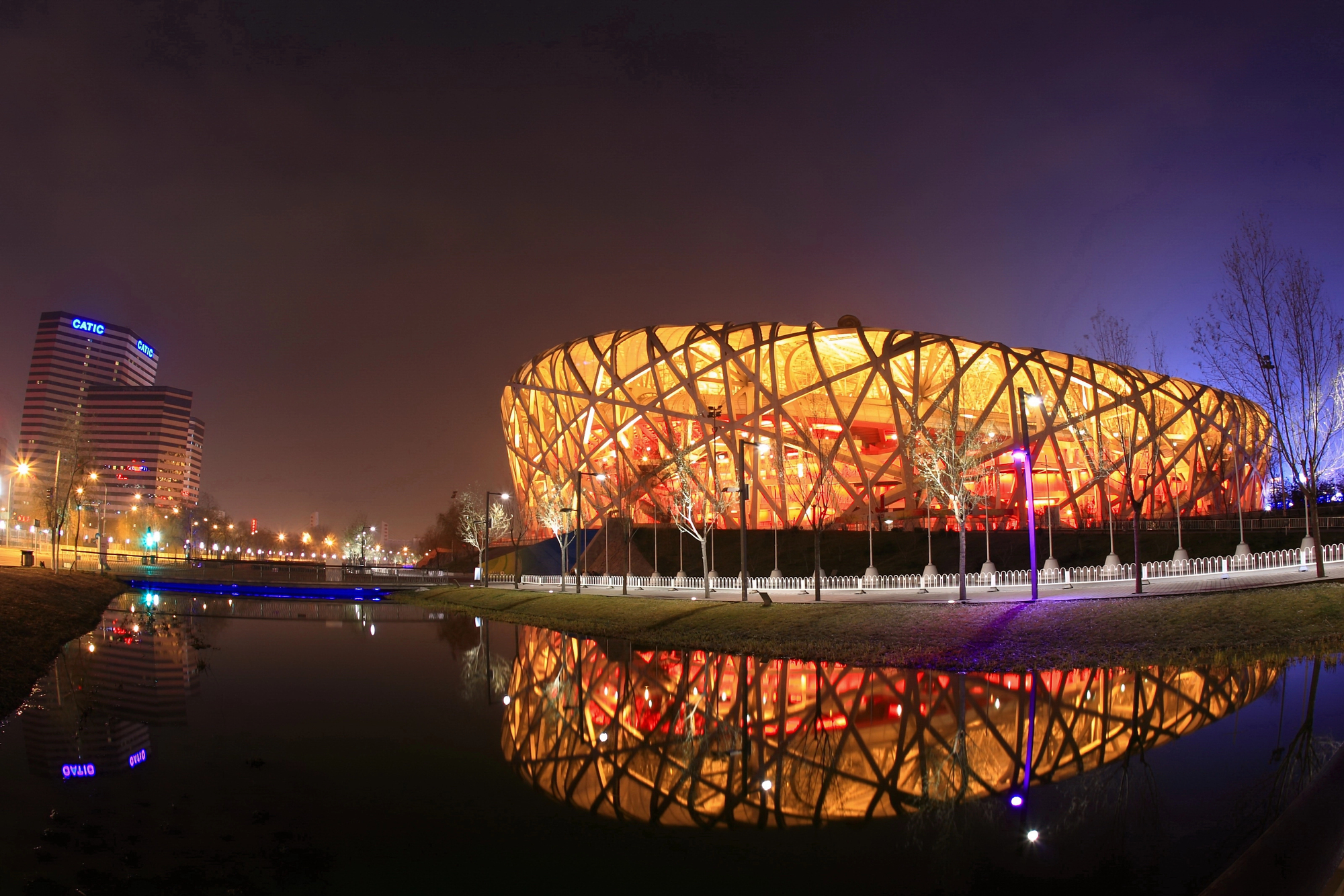
Known as the “Bird’s Nest,” this Olympic venue was completed in just five years despite its complex design. The stadium’s intricate steel framework, containing 26 kilometers of unwrapped steel, required unprecedented precision in rapid construction.
The project employed 17,000 workers at its peak. Through innovative construction techniques and round-the-clock work schedules, they transformed 42,000 tons of steel into the iconic latticed structure. The stadium’s construction showcased China’s ability to mobilize resources for rapid, large-scale projects while maintaining architectural excellence.
Like Go2Tutors’s content? Follow us on MSN.
Speed vs. Legacy
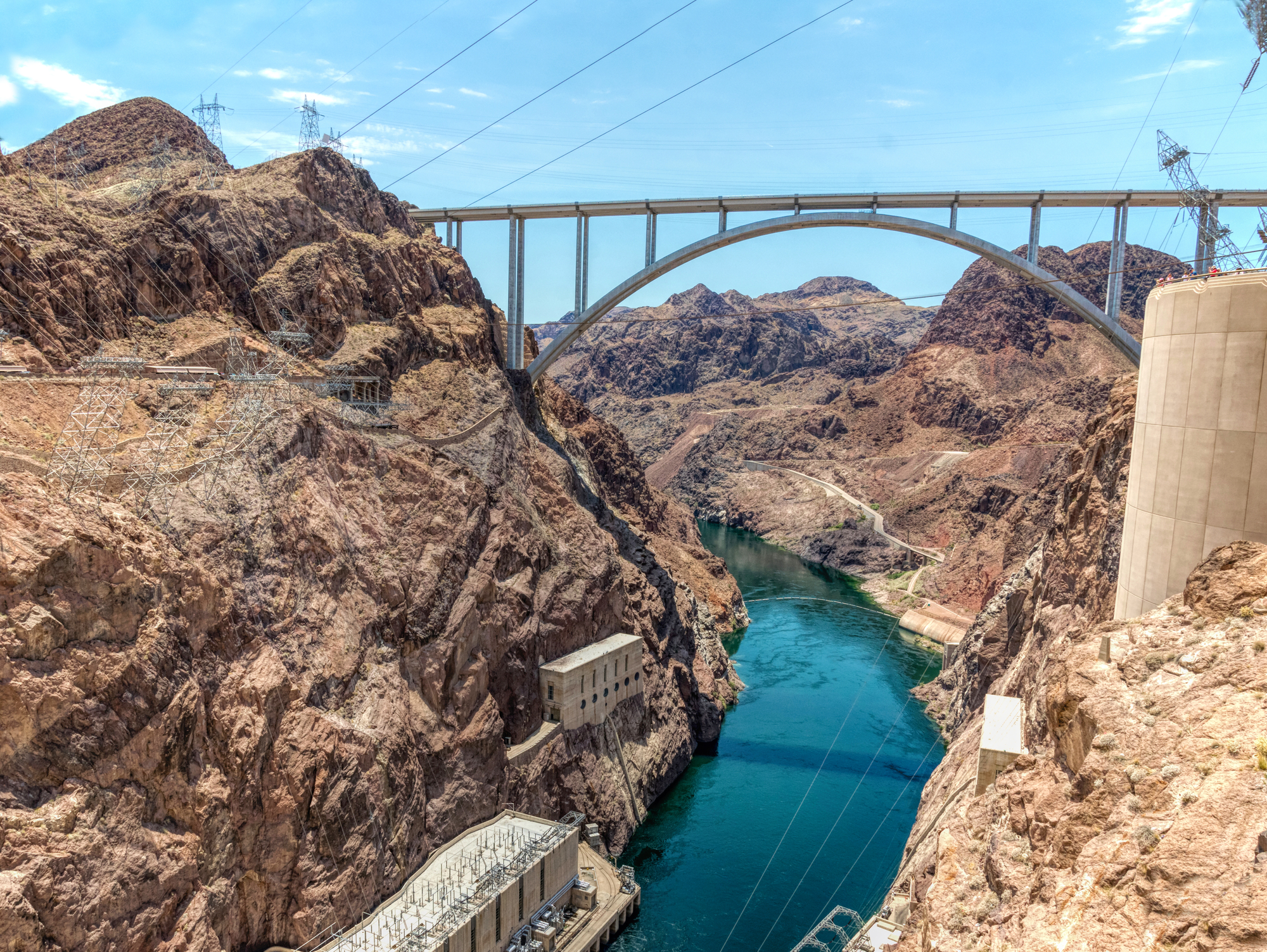
These remarkable achievements in rapid construction reveal how extraordinary circumstances, whether wartime necessity, economic pressures, or sheer human determination, can compress construction schedules previously thought impossible. Yet many of these structures have endured for decades or centuries, proving that speed need not compromise quality.
Modern construction projects might move more slowly, constrained by safety regulations, environmental concerns, and complex approval processes. However, these historical examples remind us of humanity’s capacity for rapid, coordinated action when circumstances demand it, a capability that may prove crucial as we face contemporary challenges requiring swift infrastructure development.
More from Go2Tutors!

- Famous Battles: How Much Do You Really Know About U.S. History?
- Top 5 Most Important Skills, According To Harvard Business School
- How Well Do You Know 90s Pop Culture? Take the Quiz
- Master the Art of Public Speaking with These Expert Tips
- Think You Know Capitals? Put Your Knowledge to the Test
Like Go2Tutors’s content? Follow us on MSN.
